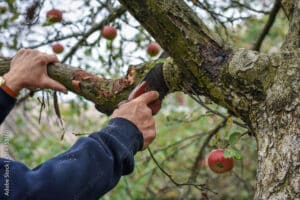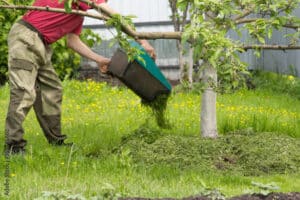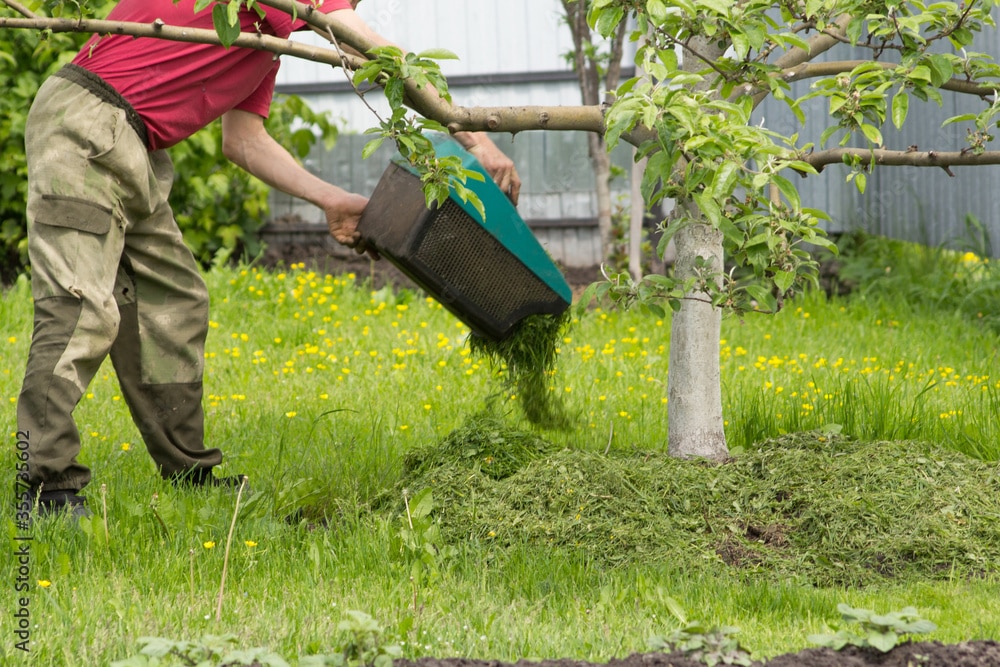Methods To Keep Your Trees Healthy
Nobody wants a dead tree in their yard.
Luckily, Our certified arborists can examine your tree’s health and assess its risk level. You wouldn’t allow an unqualified doctor to examine the health of your child, so
don’t allow an unqualified arborist to inspect your trees. The Certified Arborists at Monkeyman’s Tree Service have over twenty years of experience and can provide accurate information regarding your tree’s health. We would be happy to set up a plant healthcare program that can streamline your tree to a content life. Here are some of the things our arborists might recommend based on the circumstances of your particular tree.
Pruning

A Certified Arborist may recommend pruning your tree if it’s the right thing for that tree at that time. Pruning is often a great way to get rid of dead wood in the tree’s canopy that can spread rot to nearby living tissue. Proper tree pruning requires years of experience, and the technique varies depending on the species of tree. Cuttin at the branch collar is a running technique that is one way to keep your trees healthy.
An improper pruning cut to a tree is like leaving a cut untreated when it requires stitches. However, when pruning cuts are made correctly, the tree will heal over and have a full recovery. To take it a step further and ensure your tree remains healthy after pruning, we recommend researching water requirements for your specific tree species to ensure you are watering your tree accordingly to support a long healthy life.
Crucial Tree Support: Water, Soil & Fertilizer
Just water the tree and it will grow, right?
Watering your trees frequently doesn’t always make your tree thrive. In fact, the soil needs to be above twenty percent oxygen for most trees to survive. Overwatering is a common mistake our arborists see on a daily basis that can cause your tree to drown. Additionally, soil compaction can result in tree decline. Passing cars and people as well as construction can be causes of soil compaction.
Fortunately, Monkeyman’s Tree Service offers root spading service which uses compressed air to expose the tree roots, allowing them access to much-needed oxygen without causing harm. Once the roots are exposed we often recommend fertilizing the tree with organic minerals that aid a tree’s photosynthetic process.
Understanding the qualities of the soil your tree is currently living in versus the quality of soil your tree prefers and making necessary adjustments is crucial in order to keep your tree thriving. Monkeyman’s offers soil amendments that can help turn clay-like soil into the breathable, loamy soil that most trees prefer. Another organic and inexpensive

way to amend your soil is by adding mulch!
Mulching Techniques
Adding mulch to your soil supports moisture retention, moderates temperature, and can add aesthetic value. What qualifies as mulch?
The truth is, mulch can be defined as anything that is organic and carbon-based. For example, wood chips, straw, sawdust, fallen leaves, and compost are all considered to be adequate mulch for your trees. As the mulch decomposes into the soil it adds nutrients. This will also suppress weeds and grasses that compete for nutrients with the tree.
However, before you consider yourself a ‘Master of the Mulch’, you must learn the most effective technique to spread your mulch. At Monkeyman’s we recommend spreading your mulch in the shape of a donut around your tree, with the tree at the center. Your ring should be about 3 inches deep and should not touch the tree’s base so that the root flare is left uncovered. The City of Portland has a link showing the viewer step-by-step how to plant a tree. The mulching technique they recommend is the 3-3-3 rule. These are their mulching instructions:
“lay mulch down in a 3-inch thick layer, 3 inches away from the trunk of the tree, and in a 3-foot radius circle around the tree.”
Another well-known method for spreading mulch is the volcano method, which involves
– you guessed it! – piling mulch against the base of your tree in the shape of a volcano. Though, we would caution you from using this potentially harmful method, as piling mulch against your tree can trap moisture against the bark creating an ideal environment for rot, disease, and decay to occur.
While mulching is an excellent way to support your tree, it is equally essential not to over-mulch. Using the donut method will ensure your tree has room to breathe and grow while reaping the full benefits mulching has to offer.
Our Certified Arborists are experts in all aspects of tree health and have over thirty years of experience. If you have any questions regarding the health of the tree please call for a free consultation at (503)-358-8754.
